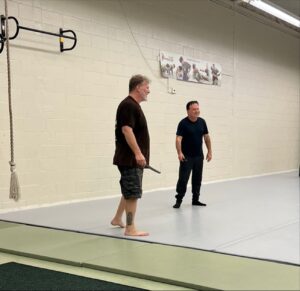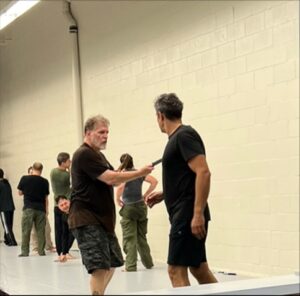Let’s delve into the intricacies of making healthy choices during the holiday season, a time often associated with indulgence and festive feasting. In order to prioritize your well-being without compromising on the joy of holiday meals, it’s essential to focus on nutrient-rich options that contribute to your overall health.
Firstly, consider incorporating an array of colorful, roasted vegetables into your holiday spread. Vegetables such as carrots, Brussels sprouts, and sweet potatoes not only add vibrant hues to your plate but also provide essential vitamins and minerals. Roasting vegetables with a touch of olive oil enhances their flavor and preserves their nutritional value. This culinary approach brings out the natural sweetness of vegetables, making them a delectable and healthful addition to your holiday feast.
Lean proteins should also be a centerpiece of your holiday meal. Opt for sources like turkey, chicken, or fish, as they are lower in saturated fats compared to some traditional holiday meats. These protein options offer essential amino acids that support muscle health and contribute to a feeling of satiety, helping you avoid overindulging in less nutritious choices.
Whole grains are another beneficial element to include in your holiday menu. Swap refined grains for whole grains like quinoa, brown rice, or whole wheat bread to increase the fiber content of your meals. Fiber not only aids digestion but also helps you feel fuller for longer, reducing the likelihood of overeating. Whole grains also provide a steady release of energy, promoting sustained vitality throughout the festivities.
In addition to these main components, consider incorporating vibrant salads into your holiday spread. A colorful salad made with a variety of fresh, crisp vegetables not only adds a refreshing element to your meal but also contributes a plethora of vitamins and antioxidants. Experiment with different leafy greens, add nuts or seeds for texture, and drizzle with a light vinaigrette for a delightful and nutritious side dish.
While embracing these wholesome options, it’s also important to acknowledge the allure of holiday treats and delicacies. Instead of completely abstaining, practice moderation and mindful indulgence. Enjoy smaller portions of your favorite festive desserts, savoring each bite. By allowing yourself occasional treats in moderation, you can strike a balance between health-conscious choices and the pleasure of traditional holiday flavors.
In conclusion, crafting a health-conscious holiday menu involves a thoughtful selection of nutrient-rich foods that contribute to your overall well-being. From vibrant roasted vegetables and lean proteins to whole grains and refreshing salads, there are numerous ways to create a delicious and nourishing holiday feast. By incorporating these choices and embracing moderation in indulgence, you can savor the joy of the season while prioritizing your health and vitality.



